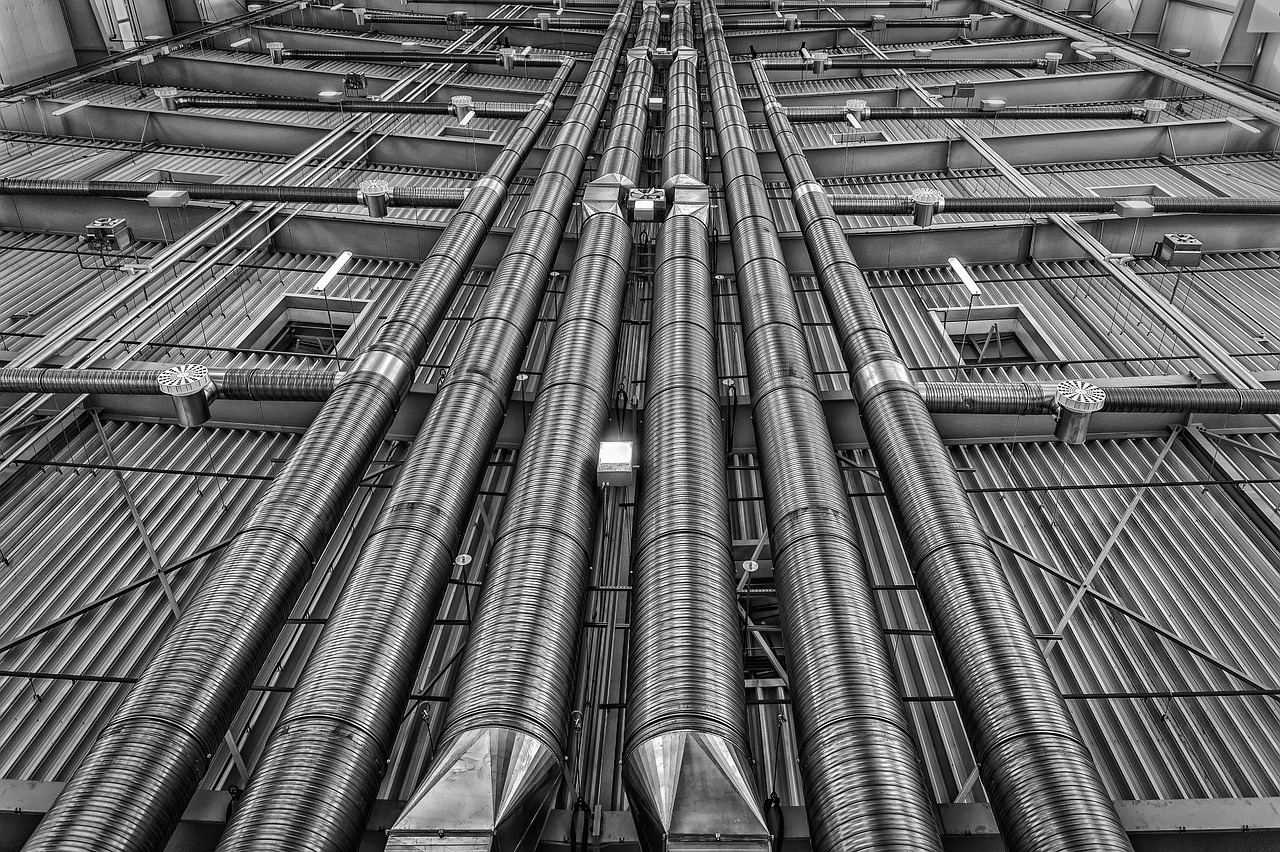
What is ridge capping on a roof?
Each roof system should have metal roof ridge capping. It covers a roof’s ridge line with a material specially created to prevent water penetration and give the top a complete look. The ridge cap is put at the highest point of the roof, where two sloping sides meet to create a ridge. The roof ridge cap’s primary functions are protecting the building from the elements and preventing moisture from getting inside.
Materials for Roof Ridge Capping:
The metal roof ridge capping may be made from several materials. Among the most popular materials
The most typical roofing material used for ridge capping is asphalt shingle. They are affordable, strong, and simple to install. Asphalt shingles are offered in a variety of hues and patterns so that they may be matched to the roof’s current aesthetic.
Metal
Because of its strength, lightweight, and resistance to the elements, metal is a common material for roof ridge capping. Aluminum, steel, and copper are just a few materials used to make metal ridge caps.
Clay or concrete ridge tops constructed of tile are famous in Mediterranean-style dwellings. Tile is a rigid material that can survive harsh weather and temperatures.
Wood
Ridge wood tops often have a natural, rustic look and are made of redwood or cedar. While solid and resistant to extreme weather, they need regular upkeep.
Installation Technique
The method of installing metal roof ridge capping is simple enough. Cutting the ridge cap material to size after measuring the ridge length is the first step. To ensure it covers the entire length, the ridge cap material should be cut slightly longer than the ridge.
After that, roofing cement is applied to the ridge line to attach the ridge cap material. On top of the adhesive, the ridge cap is put and then secured with nails. To stop water intrusion, roofing cement is applied over the nails.
To stop water penetration, the margins of the ridge cap are sealed with roofing cement after installation. The procedure is repeated throughout the ridge’s total length.
Advantages of Roof Ridge Capping
Installing roof ridge capping has many advantages, including:
Protection from weather factors
The main advantage of roof capping is that it offers protection from weather factors such as wind, rain, snow, and hail.
Enhanced appearance
Roof capping gives the roof a polished appearance, improving its aesthetic appeal.
Improved toughness
By adding an extra waterproofing layer to the roof, ridge capping improves its overall toughness.
Energy efficiency
By lowering the heat that enters or exits the structure, ridge capping may also increase energy efficiency.
Maintenance
Regular maintenance is necessary to guarantee that the roof ridge capping protects against weather factors. It is advised that homeowners examine their roofs for damage or telltale indications of wear and tear at least once a year and after extreme weather occurrences.
To avoid additional damage to the roof, any damage should be fixed as away if it is discovered. To clear out trash and prevent clogged gutters, homeowners should frequently clean their roofs.
Conclusion:
The roof ridge capping is a crucial part of any roof system. It enhances the roof’s aesthetics while protecting it from the elements. Various materials may be employed for ridge capping, including metal, tile, wood, and asphalt shingles. The installation procedure is relatively simple, and routine maintenance is necessary to guarantee that the roof capping offers sufficient defense against weather elements.
FAQS:
1: What is ridge capping on roofs?
To prevent water penetration and give the top of the roof a complete look, roof capping covers the highest part of the roof with a material manufactured explicitly for that purpose.
2: What kinds of materials are suitable for roof capping?
Various materials may be utilized for roof capping, including metal, tile, wood, and asphalt shingles.
3: What advantages can roof capping provide?
Protection from the elements, an enhanced aesthetic, outstanding durability, and energy efficiency are all advantages of roof ridge capping.
4. How procedure of roof ridge capping is done?
Installation of the roof’s ridge capping requires measuring the ridge length and cutting the ridge cap material to fit.
A ridge line with roofing cement application.
I was nailing the ridge cap in place over the adhesive.
We are using roofing cement to seal the edges.
5: How often should roof capping maintenance be performed?
It is advised that homeowners examine their roofs for damage or telltale indications of wear and tear at least once a year and after extreme weather occurrences. Regular maintenance is necessary to guarantee that the roof capping protects against weather factors.






